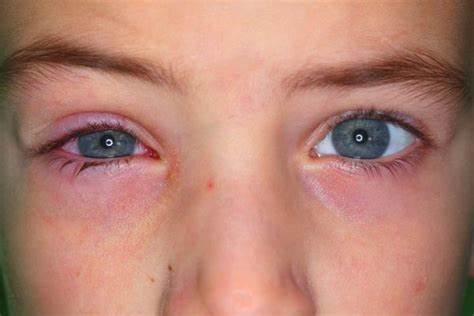Monsoons bring joy, but beware of eye woes! Keep your child’s vision sparkling with tips to prevent infections and safeguard their precious eyes.
The monsoon season brings a welcome respite from the scorching summer heat. However, this change in weather can also lead to an increase in eye infections, especially in children. Their developing immune systems make them more susceptible to these infections.
This guide explores the common eye infections affecting children during the monsoon and provides practical tips to safeguard their precious peepers.
Why Monsoons Up the Risk of Eye Infections
The high humidity levels characteristic of the monsoon season create a breeding ground for bacteria and viruses. These pathogens thrive in stagnant water and damp environments, increasing the chances of children contracting eye infections through:
- Contaminated Water: Playing in puddles or splashing in stagnant water can expose children to harmful microbes.
- Poor Hygiene: Touching eyes with unwashed hands after playing outdoors or interacting with infected individuals can transmit germs.
- Insect Bites: Mosquitoes and other insects can carry pathogens that cause eye infections through bites or contact with the eyes.
- Sharing Personal Items: Sharing towels, handkerchiefs, or eye makeup with infected individuals can easily spread infections.
Common Eye Infections in Children During Monsoon
Here’s a closer look at the most common eye infections affecting children during the monsoon:
- Conjunctivitis (Pink Eye): This highly contagious infection inflames the conjunctiva, the thin membrane lining the eyelids and covering the eyeball. Symptoms include:
- Redness in the whites of the eye
- Gritty or itchy sensation
- Watery or pus-like discharge
- Swollen eyelids
Conjunctivitis can be caused by viruses, bacteria, or allergies. Viral and bacterial conjunctivitis are highly contagious, while allergic conjunctivitis is not.
-
Sty (Hordeolum): A painful red bump on the eyelid caused by a bacterial infection of an oil gland. Symptoms include:
- Localized swelling and redness on the eyelid
- Tenderness to touch
- Difficulty opening the eye in some cases
-
Corneal Abrasion: A scratch on the cornea, the clear dome at the front of the eye. It can be caused by foreign objects like dust, sand, or twigs. Symptoms include:
- Pain and irritation in the eye
- Sensitivity to light
- Blurred vision
- Feeling like something is stuck in the eye
-
Dacryocystitis (Blocked Tear Duct): This condition occurs when the tear duct, responsible for draining tears from the eye, becomes blocked. Symptoms include:
- Watery discharge from the eye
- Redness and swelling around the inner corner of the eye
- Crusting on the eyelashes
Protecting Your Child’s Eyes During Monsoon
By taking proactive measures, you can significantly reduce your child’s risk of monsoon-related eye infections:
- Handwashing Habits: Teach your child the importance of washing hands frequently with soap and water, especially before touching their eyes, after playing outdoors, and after using the restroom.
- Avoid Contaminated Water: Discourage children from playing in puddles or stagnant water. If swimming is unavoidable, ensure they wear proper swimming goggles.
- Limit Insect Bites: Use child-safe insect repellent to prevent mosquito bites and discourage rubbing eyes after bites.
- Don’t Share Personal Items: Emphasize the importance of not sharing towels, handkerchiefs, or eye makeup with anyone, especially those with eye infections.
- Eye Protection: Encourage children to wear protective eyewear like sunglasses when playing outdoors. This shields their eyes from dust, debris, and UV rays.
- Regular Eye Exams: Schedule regular eye checkups for your child with an ophthalmologist to ensure their eye health and early detection of any potential problems.
Treating Eye Infections in Children
If your child shows signs of an eye infection, it’s crucial to seek medical attention from a qualified ophthalmologist or pediatrician. Early diagnosis and proper treatment are essential to prevent complications. Here’s a general overview of treatment approaches:
-
Conjunctivitis: Treatment depends on the cause. Viral conjunctivitis usually resolves on its own with supportive care like warm compresses and artificial tears. Bacterial conjunctivitis is treated with antibiotic eye drops or ointments.
-
Sty: Warm compresses applied several times a day can help a sty drain naturally. In some cases, the doctor may prescribe antibiotic eye drops or ointments.
-
Corneal Abrasion: Minor corneal abrasions often heal on their own with rest and protective eye wear. In more severe cases, antibiotic eye drops or ointments might be needed to prevent infection.
-
Dacryocystitis: Warm compresses and gentle massage around the inner corner of the eye may help unblock the tear duct. In some cases, antibiotics or surgery might be necessary.

